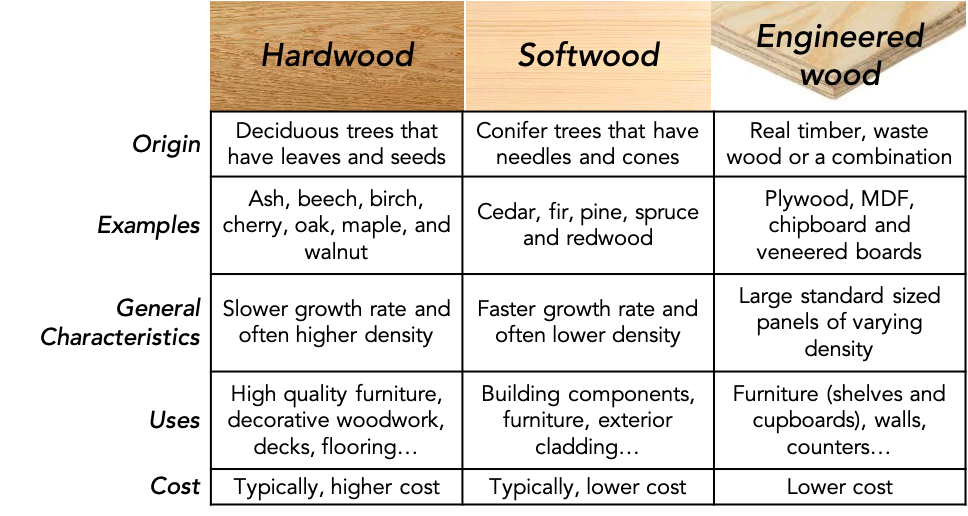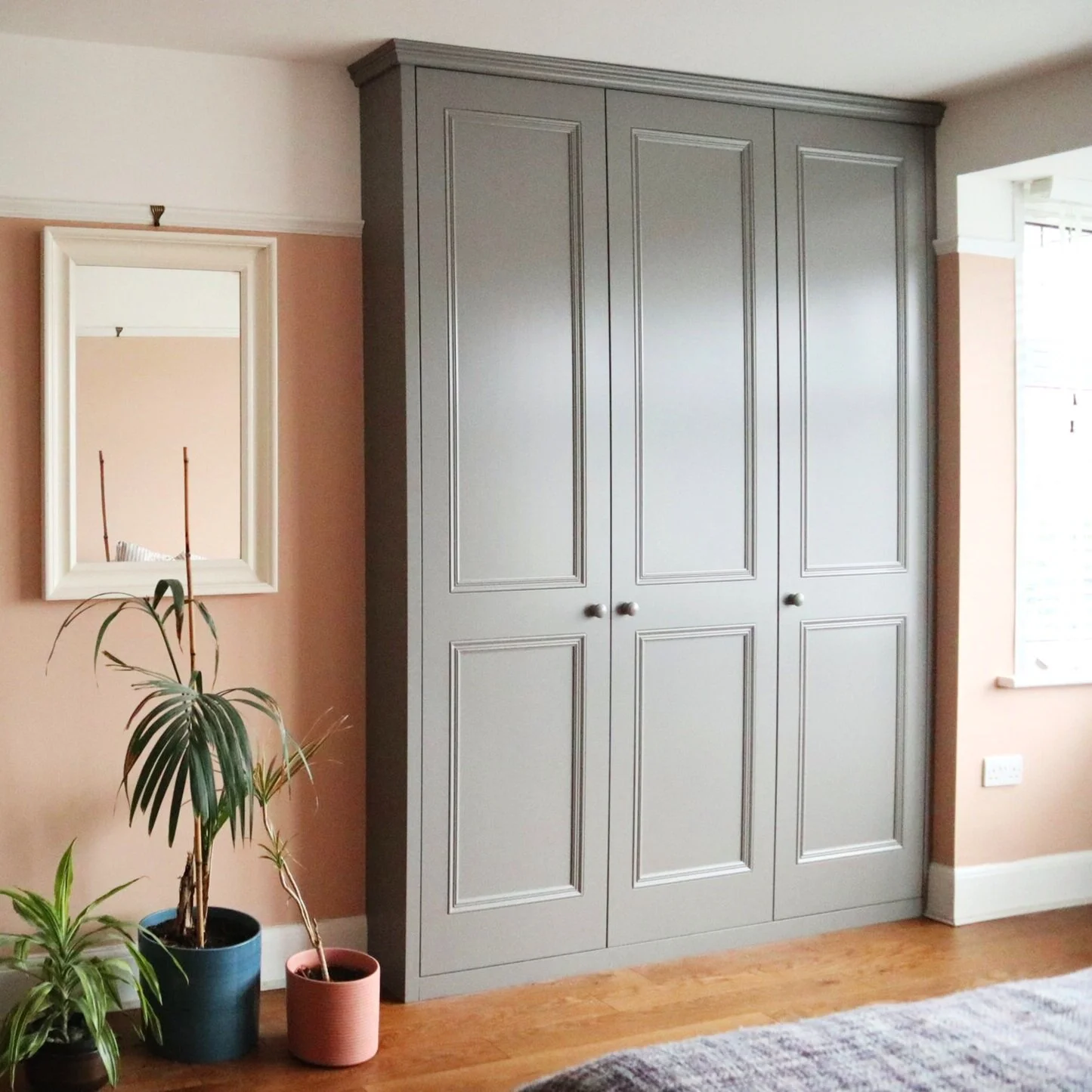The Woodfashioners Wood Guide - What You Need To Know
Lets talk about wood
Wood is a strong, versatile and (when managed well) a carbon-neutral renewable resource that has been used for thousands of years in construction and furniture making. But with so many different types it can be difficult to choose the right wood for the right project.
To help make things easier, we have developed this really simple guide to the different types of wood available and what makes them unique.
Categories of wood
To start with, it’s important to note that there are three main categories of wood, hardwood, softwood and engineered wood, with each one used in different ways.
Engineered wood has its benefits, but nothing beats using real timber (hardwood and softwood) for bespoke furniture projects. Which type of wood to choose depends on many factors, such as strength, character, colour and of course price.
Strength
The strength of wood increases with its density, and it is not always the case that softwood has a lower density than hardwood. The spectrum below provides you with a simple guide to the density and strength of some of the most common types of wood.
Character
We could write a completely separate blog about wood character and grain (and maybe we will), but for now as a simple guideline, the spectrum below gives you an idea of how tight or open the grain for common wood type are.
Colour
It’s quite surprising the huge variation of colour you can get from different types of wood. Ultimately it is a personal design decision which one you go for, but this spectrum can give you a starting point for deciding what will work best for your project.
Price
Cost can often be the deciding factor when selecting what kind of wood you want to use, so this timber cost spectrum should help you make the right decision for your wallet.
Of course there are many many exceptions to the spectrums provided above, especially given that every type of wood, oak for example, has its own variations - red oak, white oak, black oak, cherrybark oak, pin oak, English oak, bur oak… but for now, you can use this guide to help point you in the right direction for your next project.












